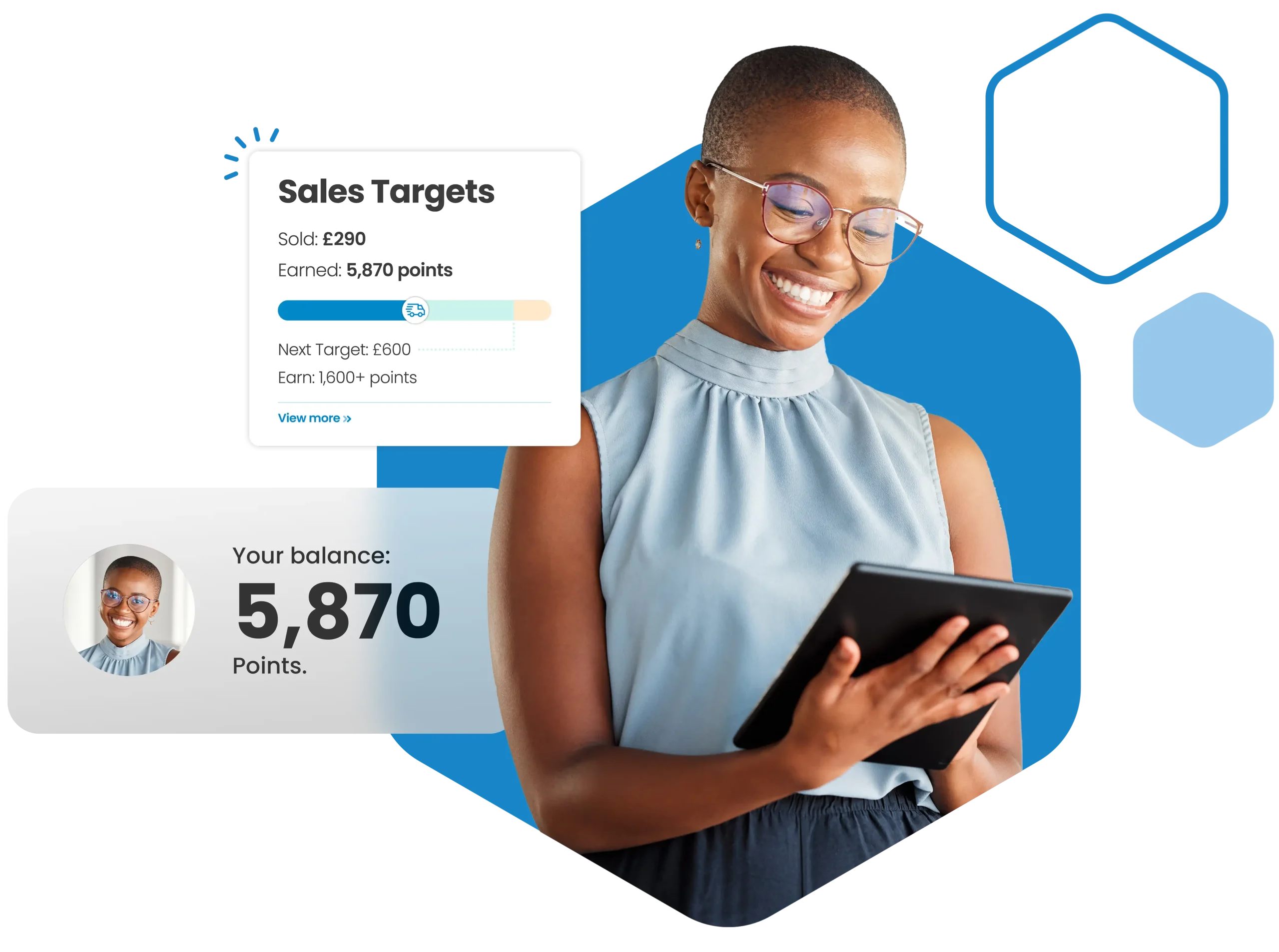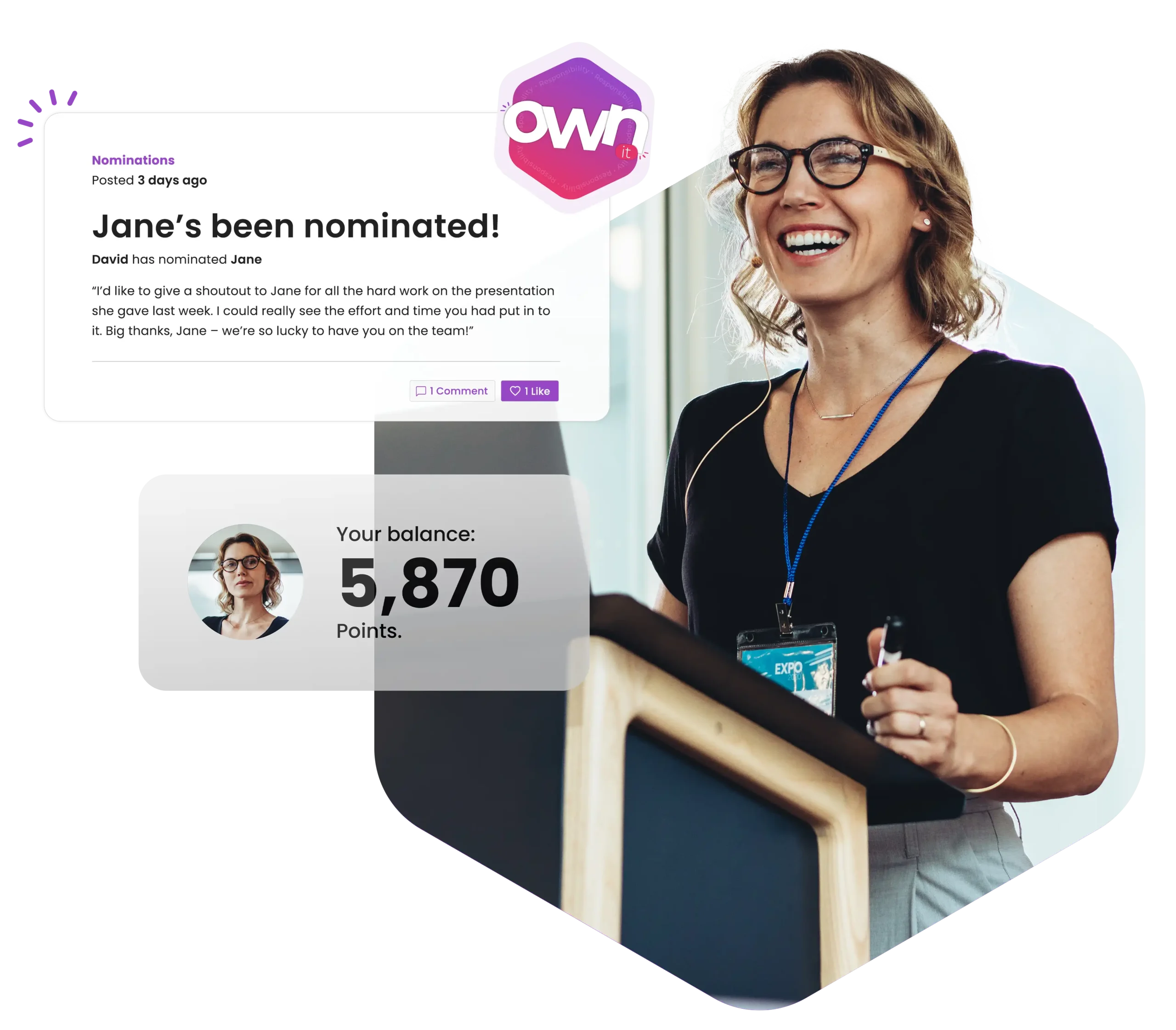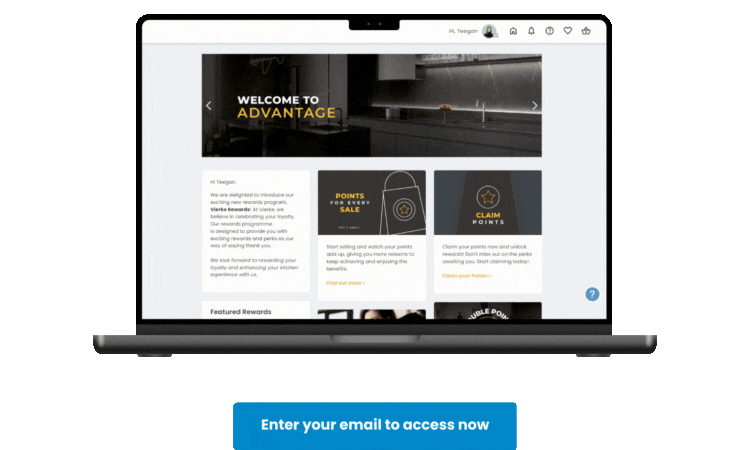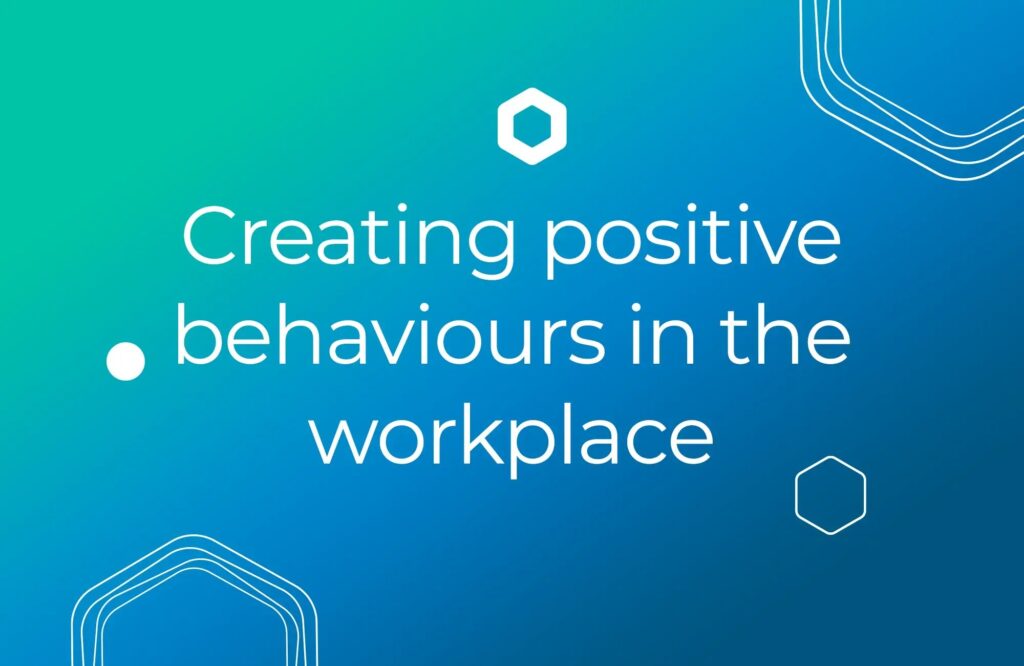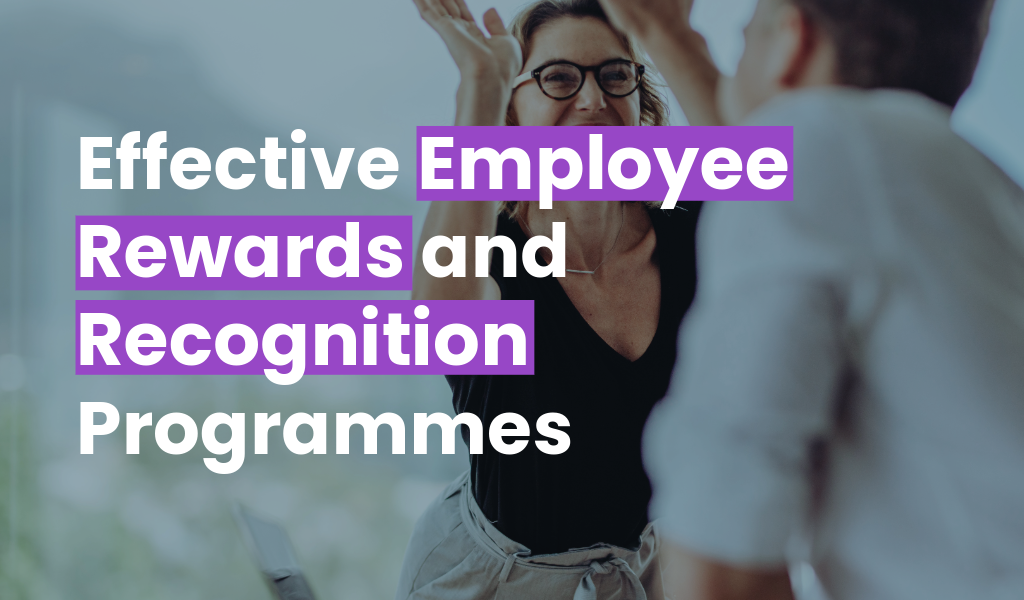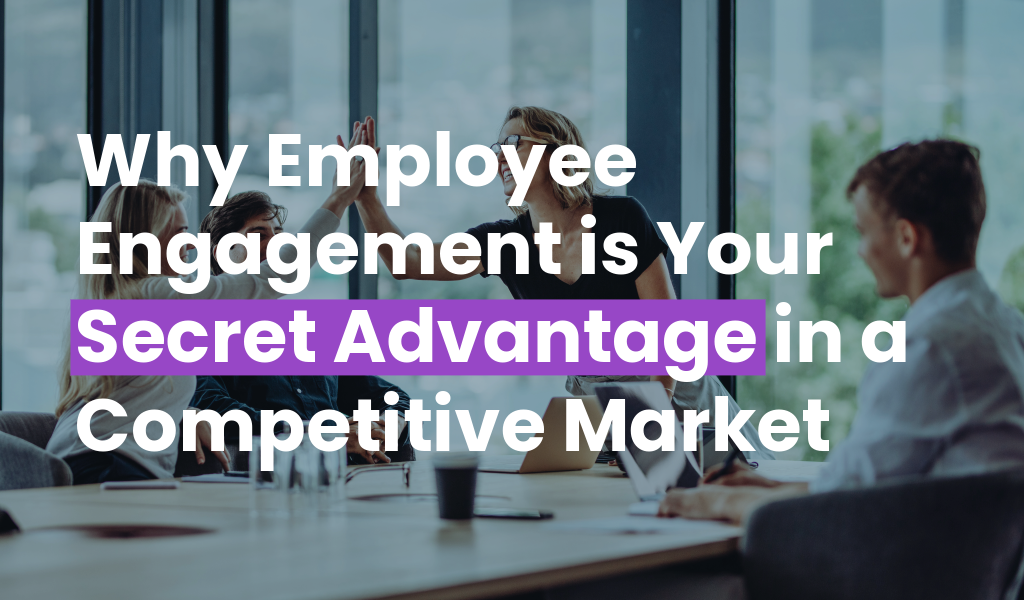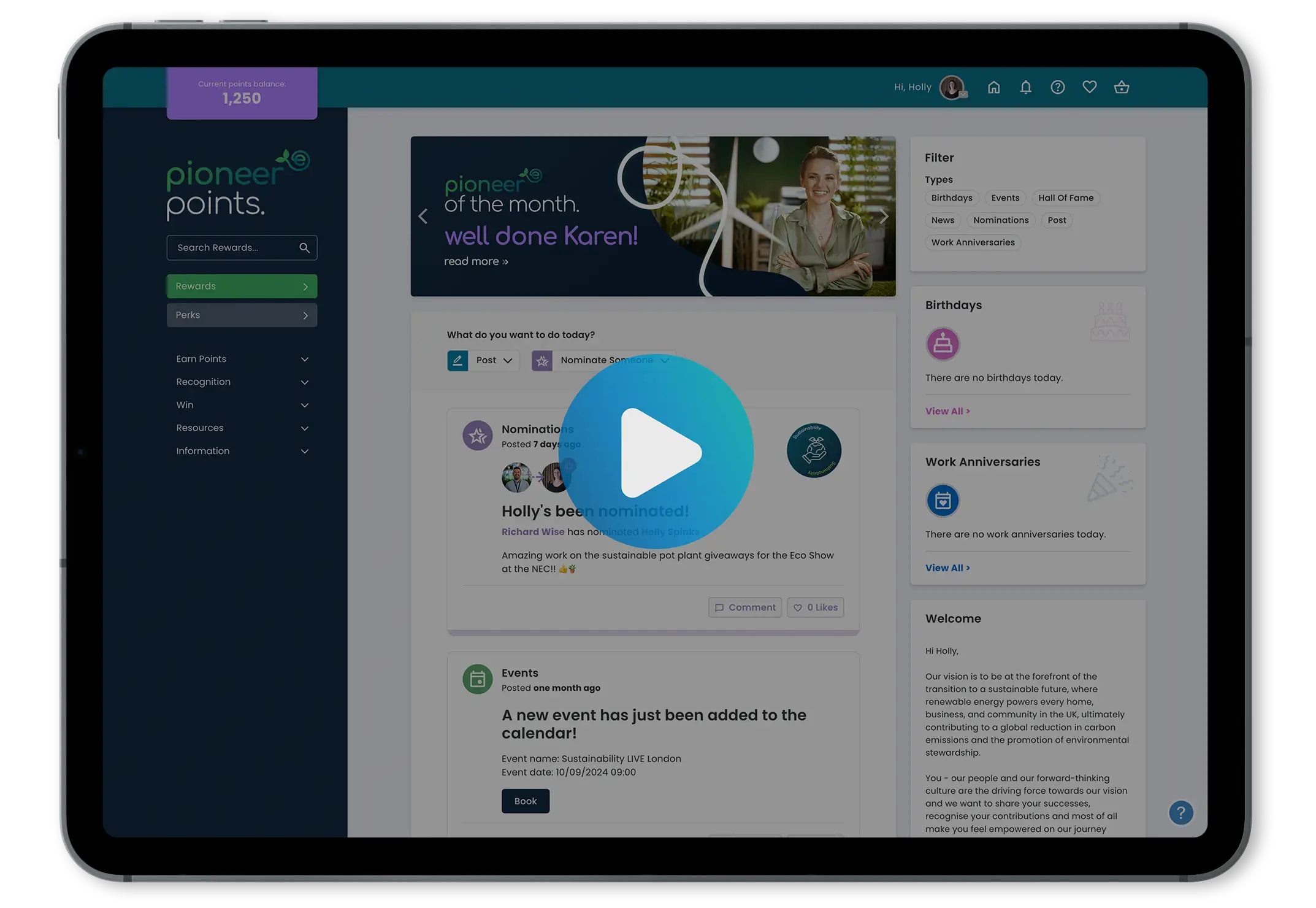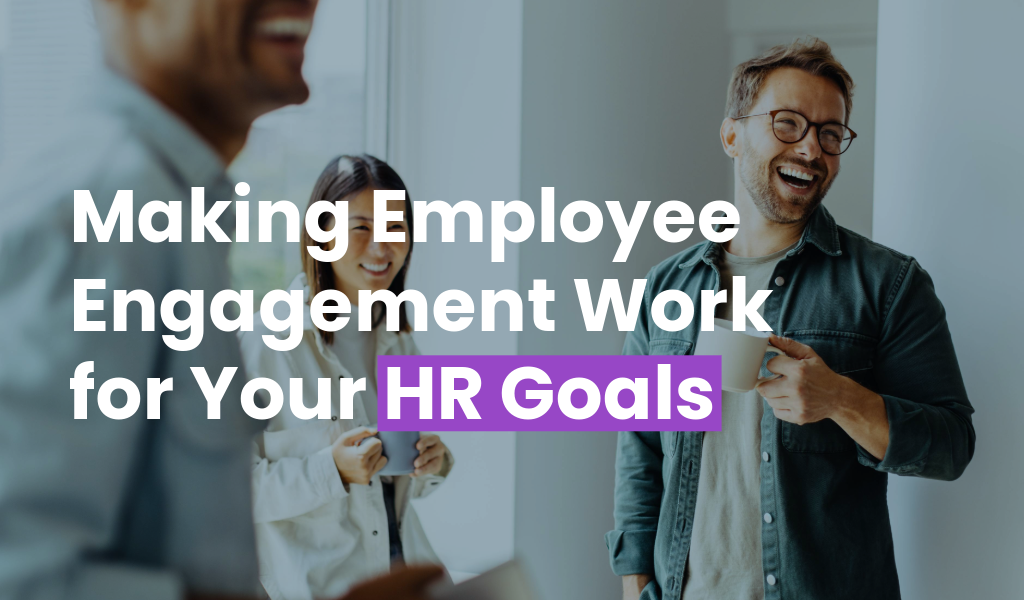


If you’re in HR and trying to improve employee engagement and workplace culture, you’ve probably found yourself thinking, “Where do I even begin?” You’re not alone. With so many different approaches, tools, and opinions out there, it’s easy to feel unsure about what strategy is right for your organisation or how to confidently present it to internal stakeholders who want to see results, fast.
But here’s the thing: you don’t need to have it all figured out from the start. What you do need is a clear line of sight between what you’re doing to engage your people, and what your organisation is trying to achieve this year. Once that’s in place, everything starts to feel a lot more purposeful and a lot more manageable.
The Realities HR is Facing Right Now
The role of HR has never been more complex or more critical. You’re balancing employee wellbeing, hybrid working, DE&I, retention, upskilling, and change management… all while being asked to “prove the value” of your efforts.
At the same time, employees expect more. They want meaningful work, flexibility, recognition, and a sense of belonging. Meanwhile, senior leaders want to see impact, the kind that can be backed up with data and tied to business goals.
And here’s where the pressure ramps up:
- Only 23% of employees worldwide are engaged at work, according to Gallup’s State of the Global Workplace 2023 report.
- Organisations with high engagement see 23% higher profitability and 43% lower turnover than those with low engagement.
The message is clear — engagement isn’t just an HR metric; it’s a business driver. Recognition, communication, and purposeful rewards all play a massive role in how connected people feel to their work and to each other.
Why Recognition and Rewards Matter More Than Ever
Psychologically, recognition satisfies a fundamental human need: to feel valued. According to Self-Determination Theory, people thrive when they experience autonomy, competence, and relatedness — and recognition supports all three.
When someone receives meaningful praise or a reward, they feel:
✔ Capable in their role (competence)
✔ Connected to their team or company (relatedness)
✔ In control of their own progress and success (autonomy)
It’s not just about a “thank you” it’s about building identity, trust and a sense of belonging. And when that happens consistently, it has a ripple effect:
- Boosted morale
- Higher discretionary effort
- Better collaboration and performance
Simply put, people who feel seen do better work.
Connecting Engagement to the Bigger Picture
This is where a well-thought-out employee engagement programme can become more than just a “nice to have.” When it’s built around your organisation’s specific goals — and designed with your people in mind, it becomes a powerful tool that helps you turn good intentions into measurable outcomes.
For example, if your focus this year is reducing turnover, your engagement strategy can be tailored to build recognition, reward loyalty, and make people feel seen and supported. If your business is going through transformation or growth, your programme can be shaped around shared goals, celebrating change milestones and reinforcing your values through the experience.
It’s about linking the everyday moments that matter — a thank-you from a manager, a shared team win, a learning achievement with the broader objectives your business is working towards.
Getting Stakeholders on Board (Without the Stress)
You might have a vision for what engagement could look like, but getting leadership buy-in can feel like an uphill battle especially when you’re not speaking their language.
That’s why it helps to shift the conversation. Instead of focusing solely on morale or team spirit (though both matter!), reframe the benefits in terms that matter to the wider business: productivity, retention, performance, and return on investment.
When leaders can see that engagement isn’t just about “keeping people happy,” but about supporting tangible outcomes like reducing absenteeism, improving customer experience, or driving transformation — they’re much more likely to get behind it.
And when they see that the programme is tailored to support the company’s goals, not just a generic platform or box-ticking exercise, that support turns into genuine advocacy.
A Confidence Boost, Not Another Overhaul
You don’t need a complete cultural overhaul to make progress. Sometimes, it’s about building on the foundations you already have and taking a more intentional, structured approach.
A tailored engagement programme gives you the space to do just that. It helps you track what’s working, adapt to what isn’t, and make informed decisions along the way. It can be as simple or as dynamic as your organisation needs, but most importantly, it gives you the confidence to lead the charge, backed by a strategy that aligns with your goals and speaks to your people.
You’ve Got This — Let’s Make It Happen
If you’re feeling unsure, that’s completely normal. Engagement strategies aren’t one-size-fits-all, and they shouldn’t be. But with a bit of clarity and the right support, you can build something that not only feels good but delivers real impact.
So take a breath. Revisit your objectives. Think about the culture you’re trying to create. And start connecting the dots because when your people thrive, so does your business.
And that? That’s something worth investing in.
